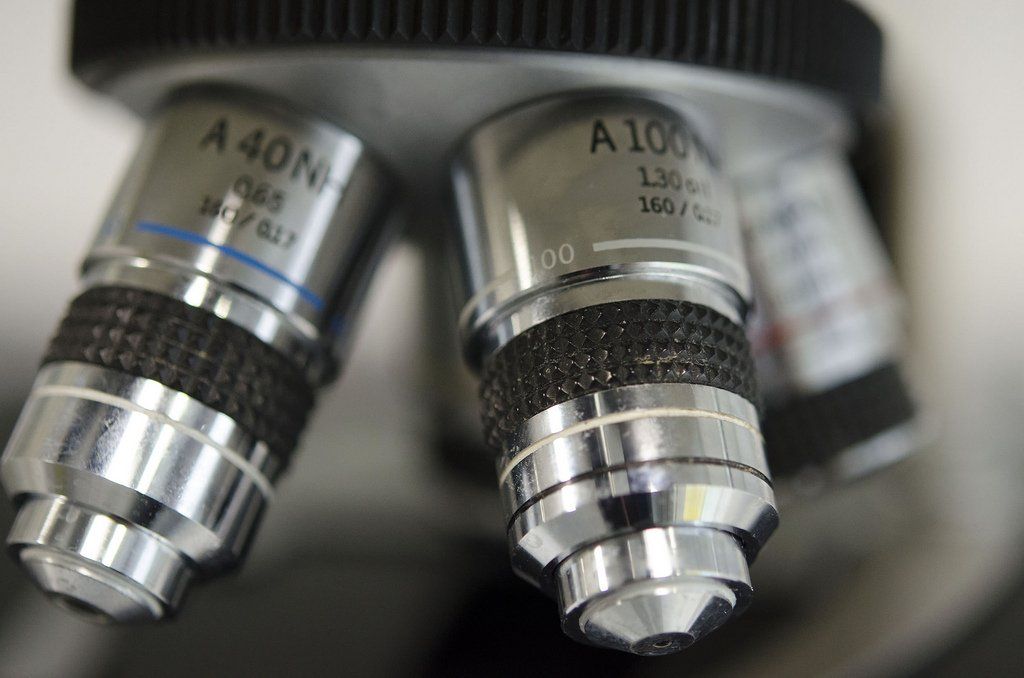Poison Ivy Facts, Myths & Tips
Now that spring is near, it is a great time to go out and clean up the yard. Spring and Fall are also the most common times we see lots of patients suffering with poison ivy. If you are going to work in an area with suspected poison ivy, there are some simple steps you […]
Now that spring is near, it is a great time to go out and clean up the yard. Spring and Fall are also the most common times we see lots of patients suffering with poison ivy. If you are going to work in an area with suspected poison ivy, there are some simple steps you can take to avoid the rash.
- BEFORE going to the area with suspected poison ivy, apply a product called Ivy Block. This product is very effective at neutralizing the chemical that is responsible for poison ivy/oak.
- Be sure to keep all exposed areas covered. Tuck pants into socks. Wear gloves. Etc. After returning, be sure to change all clothing, and wash skin well with soap and water.
- If you do get poison ivy, please call us right away. Many times we can abort a severe attack
if treated promptly. We will always do our very best to see you as soon as possible.
Here are some myths that you may find useful about poison ivy.
Myth #1:
Scratching poison ivy blisters will spread the rash.
Fact:
The rash is caused by the urushiol oil found in poison ivy, oak and sumac and is not spread by the fluid in the blisters. If you have the urushiol oil on your hands and you scratch your nose or wipe your forehead, you may spread the oil and hence the rash. Avoid excessive scratching and make sure your fingernails and hands are clean.
Myth #2:
Poison ivy rash is “contagious.”
Fact:
The rash is a reaction to urushiol oil found in poison ivy, oak and sumac. The rash cannot pass from person to person, but urushiol can be spread by contact.
Myth #3:
Once allergic, always allergic to poison ivy.
Fact:
A person’s sensitivity to urushiol changes over time, and even from season to season. People who were sensitive to poison ivy as children may not be allergic as adults and vice versa.
Myth #4:
I’ve been in contact with poison ivy before and I’m not allergic to it.
Fact:
If a person has come in contact with poison ivy once and did not get a rash, it does not mean that he or she will always be immune. The first time a person is exposed to poison ivy he or she cannot get a rash. The first contact, which can occur without a person ever knowing, may create a hypersensitivity to the urushiol oil without causing a rash.
Myth #5:
Dead poison ivy plants are no longer toxic.
Fact:
Urushiol oil stays active on any surface, including dead plants, for up to five years or longer.
Myth #6:
You can catch poison ivy rash by being near the plants.
Fact:
Direct contact with urushiol oil is needed. However, it is important to stay away from forest fires, direct burning or anything that causes the oil to become airborne such as a lawnmower or weed whacker.
Myth #7:
Keeping covered outdoors will prevent poison ivy rash.
Fact:
While keeping covered in the outdoors is crucial, it is not a foolproof way to protect your skin against developing a poison ivy rash. Urushiol oil can stick to clothes, shoes, garden tools and sporting equipment that you touch, and inadvertently spread to uncovered parts of your body.
Myth #8:
You have to touch a poison ivy, oak or sumac plant to get a rash.
Fact:
The most common way people contract an allergic rash from these plants is by touching an item that has urushiol oil on it, including garden tools, camping equipment, boots and even pet fur. Since urushiol can stay active for years, it’s important to wash any item that has come in contact with poison oak, ivy or sumac with soap and water, or use a cleaner such as IvyCleanse.
Myth #9:
“Leaves of three, leave them be.”
Fact:
This is true for poison ivy, but not poison oak and poison sumac. Although poison ivy has 3 leaves per cluster, poison oak has 3 to 5 leaves, and poison sumac has 7 to 13 leaves on a branch.
Myth #10:
Besides complete avoidance, there’s no way to prevent poison ivy rash.
Fact:
When applied to the skin before contact,
IvyBlock
is the only FDA-approved lotion that can prevent the rashes caused by poison ivy, oak and sumac.










